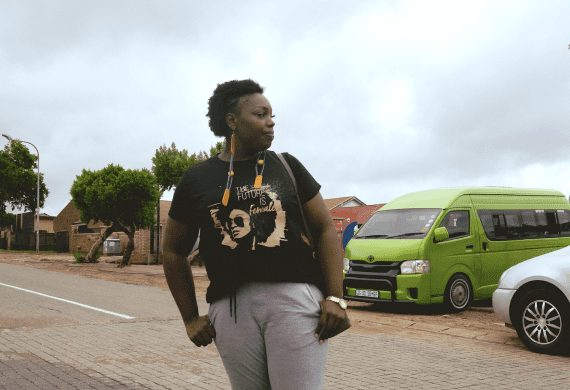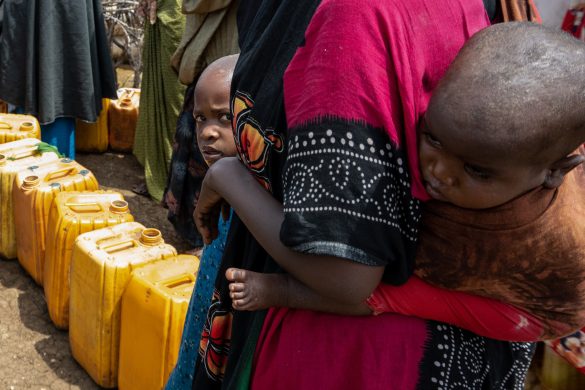De seneste indikatorer fra Banken viser, at den politiske forståelse for miljøbeskyttelse og fattigdomsbekæmpelse er stigende i 1/3 af kontinentets fattigste nationer, selv i hårdt ramte lande som Elfenbenskysten og Zimbabwe.
PARIS, 28th June, 2012: The latest World Bank review of policies and institutions in Sub-Saharan Africa (SSA) shows an improved policy environment for growth and poverty reduction in 13 of the continent’s poorest countries.
The countries comprise: Comoros, Congo Brazzaville, Ivory Coast, Ethiopia, Gambia, Guinea, Guinea Bissau, Liberia, Sao Tome and Principe, Senegal, Togo, Zambia, and Zimbabwe.
More broadly, most African countries show a stable or improved policy environment for development. This positive trend is especially important given the more severe economic climate being weathered by other countries, most notably in the developed world.
The review is part of the annual World Bank Country Policy and Institutional Assessment (CPIA) that rates the performance of poor countries and, since 1980, has been used to determine their allocation of zero-interest financing under the International Development Association, IDA, the World Bank Group’s fund for the world’s poorest countries.
Even Ivory Coast and Zimbabwe “making fast progress”
The CPIA examines 16 key development indicators covering four areas:
(i) economic management,
(ii) structural reforms;
(iii) policies for social inclusion and equity (lighed); and
(iv) public sector management and institutions.
Countries are rated on a scale of 1 (low) to 6 (high) for each indicator. The overall CPIA score reflects the average of the 16 indicators.
“There was a concern that global economic turmoil would slow reforms across the continent,” said Shanta Devarajan, World Bank Chief Economist for the Africa region, adding:
“But African policymakers generally continued their commitment to reform programs during the global crisis, and some even accelerated them with the ultimate mission of improving the development prospects and economic well-being of their people.”
CPIA scores show a wide variation across countries, from a high of 4.0 for Cape Verde (despite a decline in its score in 2010 and 2011) to a low of 2.2 for Eritrea and Zimbabwe.
‘Fragile’ and conflict-affected countries in the region show much lower scores than non-fragile states, reflecting the challenges they face, especially in the area of public sector capacity.
Nevertheless, some of them are making fast progress. Three of the countries that improved the most are ‘fragile’ states – Comoros, Ivory Coast, and Zimbabwe.
Performance is strongest in economic management
Læs videre på
http://www.worldbank.org/en/news/2012/06/28/policy-environment-growth-poverty-reduction-improved-third-africas-poorest-countries














